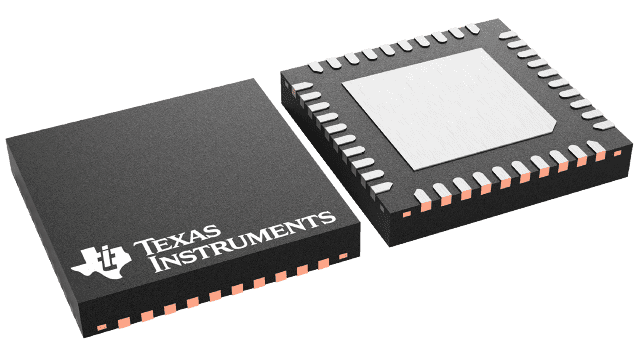
ADC3644IRSBR
ActiveDUAL-CHANNEL, 14-BIT, 125-MSPS, LOW-NOISE, ULTRA-LOW-POWER ANALOG-TO-DIGITAL CONVERTER (ADC)
Deep-Dive with AI
Search across all available documentation for this part.

ADC3644IRSBR
ActiveDUAL-CHANNEL, 14-BIT, 125-MSPS, LOW-NOISE, ULTRA-LOW-POWER ANALOG-TO-DIGITAL CONVERTER (ADC)
Pricing
Prices provided here are for design reference only. For realtime values and availability, please visit the distributors directly
| Distributor | Package | Quantity | $ | |
|---|---|---|---|---|
| Digikey | Tape & Reel (TR) | 3000 | $ 63.75 | |
| Texas Instruments | LARGE T&R | 1 | $ 67.83 | |
| 100 | $ 65.79 | |||
| 250 | $ 54.77 | |||
| 1000 | $ 51.00 | |||
Description
General part information
ADC3644 Series
The ADC3644 device is a low-noise, ultra-low power, 14-bit, 125-MSPS dual-channel, high-speed analog-to-digital converter (ADC). Designed for low power consumption, the device delivers a noise spectral density of –153 dBFS/Hz, combined with very good linearity and dynamic range. The ADC3644 offers IF sampling support, which make the device an excellent choice for a wide range of applications. High-speed control loops benefit from the short latency of only one clock cycle. The ADC consumes only 82 mW/ch at 125 MSPS, and power consumption scales well with lower sampling rates.
The ADC3644 use a DDR or a serial CMOS interface to output the data offering lowest power digital interface, together with flexibility to minimize the number of digital interconnects. These devices are a pin-to-pin compatible family with different speed grades. These devices support the extended industrial temperature range of –40 to 105⁰C.
The ADC3644 device is a low-noise, ultra-low power, 14-bit, 125-MSPS dual-channel, high-speed analog-to-digital converter (ADC). Designed for low power consumption, the device delivers a noise spectral density of –153 dBFS/Hz, combined with very good linearity and dynamic range. The ADC3644 offers IF sampling support, which make the device an excellent choice for a wide range of applications. High-speed control loops benefit from the short latency of only one clock cycle. The ADC consumes only 82 mW/ch at 125 MSPS, and power consumption scales well with lower sampling rates.
Documents
Technical documentation and resources


